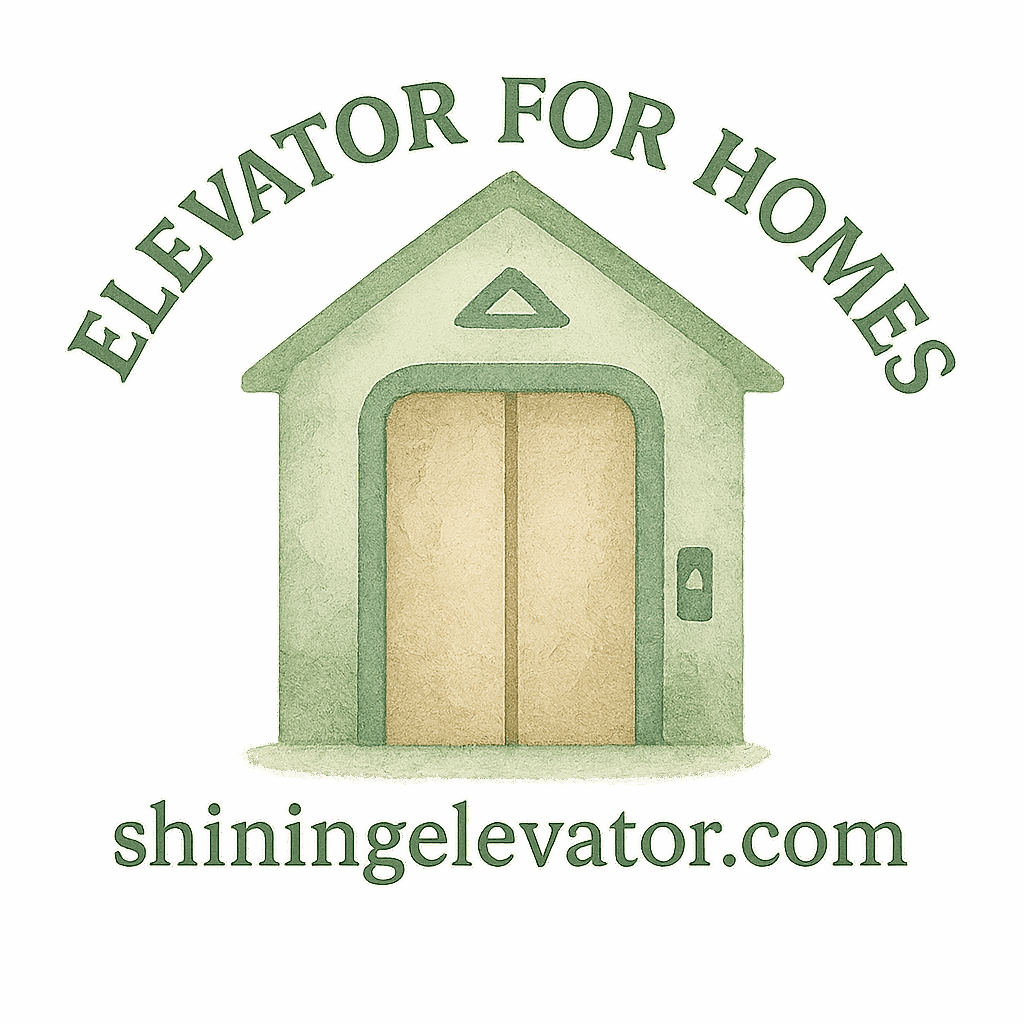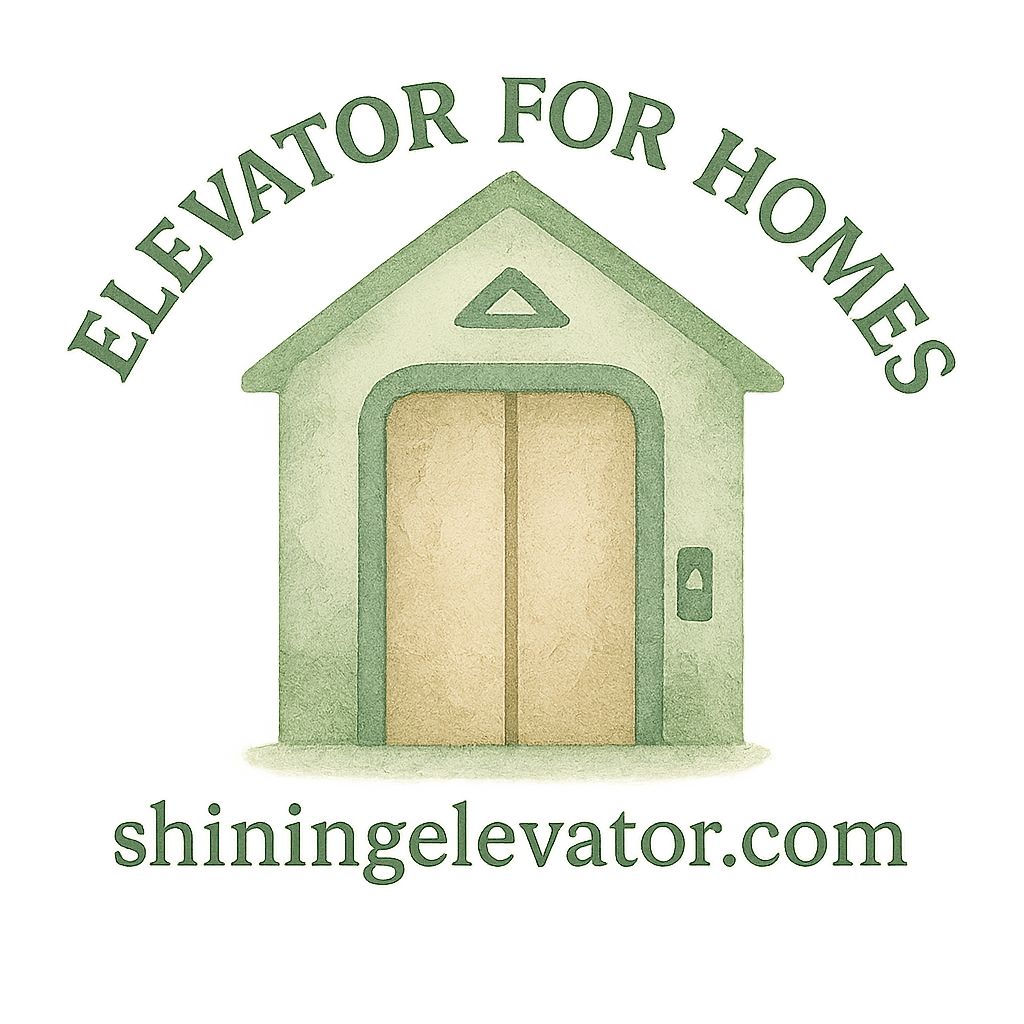Introduction: Elevators Meet Smart Homes
Imagine stepping into your home elevator, and with a simple voice command, the doors close, lights adjust, and you’re carried safely to the next floor. That’s no longer science fiction—it’s the future of safe residential elevator installation blended with smart home technology.
As homeowners demand both convenience and safety, smart integrations are revolutionizing how elevators function inside modern houses. Whether you’re upgrading an existing system or planning a new residential elevator, these integrations are worth serious consideration.
Why Safety Matters in Residential Elevator Installation
Growing Popularity of Home Elevators
Home elevators are no longer reserved for luxury mansions. Compact and space-saving lifts have made vertical mobility affordable and accessible, especially for families planning to age in place.
Common Safety Concerns in Home Elevator Use
However, with increasing adoption come concerns—door entrapments, power failures, and accessibility issues. That’s where smart integrations step in, turning traditional elevators into intelligent, safety-first mobility solutions.
Smart Home Technology and Elevators: A Perfect Match
Benefits of Smart Home Integration
From lighting to security, smart systems offer homeowners peace of mind. Integrating them into elevators enhances:
- Safety during operation
- Accessibility for seniors and people with mobility challenges
- Energy efficiency and cost savings
Enhancing Both Convenience and Safety
Think of it this way: an elevator without smart features is like a smartphone without internet—it works, but it’s missing its true potential.
1. Smart Access Control Systems
Keyless Entry and Biometric Scanners
Adding fingerprint or facial recognition to your elevator prevents unauthorized use. This is especially important for homes with multiple families or frequent guests.
Remote Access for Family Members
Parents can control elevator access for children through smartphone apps, ensuring safe residential elevator installation is complemented by smart parental controls.
2. Real-Time Elevator Monitoring Apps
Push Notifications for Elevator Status
Imagine receiving an alert if your elevator doors are left open or if the system needs servicing. Real-time apps keep you in control.
Emergency Alerts and Maintenance Updates
Connected apps can notify you and your elevator providers in case of malfunctions—minimizing downtime and enhancing safety.
3. Voice Control Integration
Hands-Free Commands via Alexa, Google, or Siri
Elevator buttons can be difficult to press for someone carrying groceries or using a wheelchair. Voice commands make daily use effortless.
Accessibility for Elderly and Disabled Users
For seniors and individuals with disabilities, voice-controlled elevators are more than convenient—they’re life-changing.

4. Automated Lighting for Elevator Safety
Motion-Sensor Lights Inside and Outside the Elevator
No more fumbling in the dark. Smart lighting ensures the elevator cabin and surrounding area are always well-lit.
Energy Efficiency and Safety Combined
Pairing lighting with motion sensors saves energy while reducing tripping hazards—an important aspect of senior safety.
5. Smart Security Cameras
Monitoring Elevator Entrances Remotely
Cameras at entry points let you monitor activity in real-time via your smartphone.
Enhanced Protection for Families
This feature reassures parents and provides an added layer of security against unauthorized use.
6. Predictive Maintenance Tools
AI-Based Diagnostics for Elevator Health
Instead of waiting for a breakdown, AI-powered sensors can detect wear and tear early.
Reducing Long-Term Elevator Expenses
Predictive maintenance helps manage elevator expenses by preventing costly repairs and ensuring smooth operation.
7. Smart Emergency Communication Systems
Built-In Two-Way Communication
Should an elevator stall, built-in smart communication systems connect passengers instantly to emergency services or family members.
Integration with Home Security Systems
Pairing communication tools with home security ensures faster response times during emergencies.
8. Home Energy Management Integration
Power Backup for Uninterrupted Elevator Use
Elevators connected to backup power systems provide peace of mind during outages.
Energy-Saving Scheduling Features
Scheduling reduces unnecessary energy consumption, keeping your system cost-efficient and eco-friendly.
9. Smart Safety Sensors
Door Obstruction Detection
Sensors prevent doors from closing on children, pets, or objects.
Weight and Motion Sensors for Safe Operation
Overloaded cabins? The system won’t operate until it’s safe, ensuring compliance with safety and accessibility standards.
10. Personalized Smart Home Routines
Automating Elevator Use with Daily Habits
Imagine your elevator automatically waiting when you return home—integrated routines make that possible.
Linking Elevator Trips with Lighting, HVAC, and Music
Elevator rides become part of a holistic smart home experience, enhancing comfort while maintaining safety.
Choosing the Right Elevator Provider for Smart Integrations
Importance of Working with Reliable Elevator Companies
Not all elevator companies are equipped to handle smart integrations. Look for experienced providers who understand both elevator mechanics and home automation.
Balancing Cost, Design, and Safety
It’s tempting to focus solely on cost, but balancing elevator customization, aesthetics, and safety ensures a long-term investment.
Budgeting and Planning for Smart Elevator Features
Estimating Installation Rates and Maintenance Budgets
Smart features may slightly increase installation rates, but the benefits in safety and convenience outweigh the costs.
Smart Investments for Aging in Place
For those planning on home accessibility as they age, these integrations aren’t luxuries—they’re necessities. Explore budgeting and planning resources to make informed decisions.
Conclusion: The Future of Safe Smart Elevators
Smart home technology has transformed kitchens, living rooms, and even bedrooms—so why should elevators be left behind? By integrating these 10 smart features, you’re not just ensuring safe residential elevator installation, you’re also future-proofing your home for comfort, accessibility, and peace of mind.
To get started, explore providers who specialize in design and customization and prioritize both safety and innovation. Your home elevator can be more than transportation—it can be an intelligent, secure, and seamless part of your smart home ecosystem.
FAQs
1. Are smart elevators more expensive to install?
Yes, but while the upfront elevator cost is higher, long-term savings in energy and maintenance balance it out.
2. Can I add smart features to an existing residential elevator?
Absolutely. Many smart integrations can be retrofitted without a full replacement.
3. Do smart home elevators work during a power outage?
With proper backup integration, your elevator will continue functioning safely.
4. How do smart safety sensors prevent accidents?
They detect obstructions, weight imbalances, and unusual motion to ensure secure operation.
5. Is voice control reliable for seniors?
Yes, it simplifies usage and enhances independence for older family members.
6. Which smart integration is most important for safety?
Smart safety sensors and emergency communication systems are must-haves for all households.
7. How do I find the best provider for smart elevator installation?
Look for experienced elevator providers with proven expertise in both installation and maintenance.


